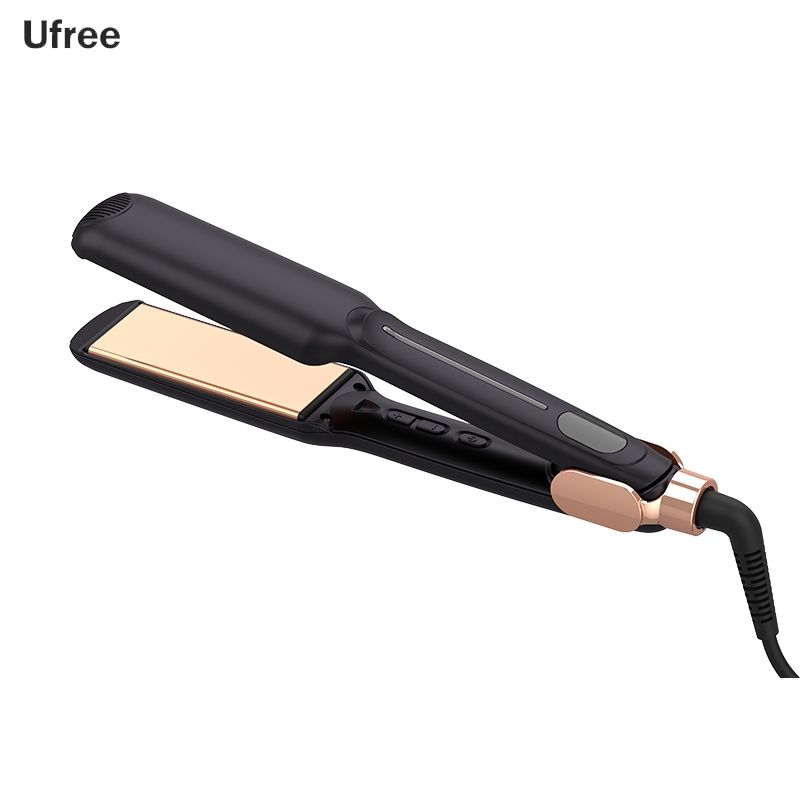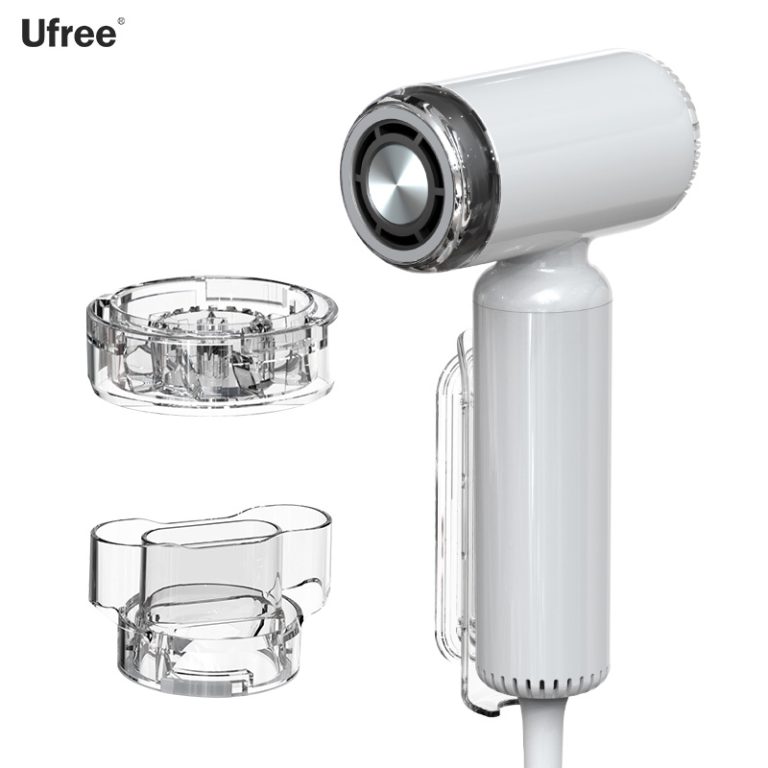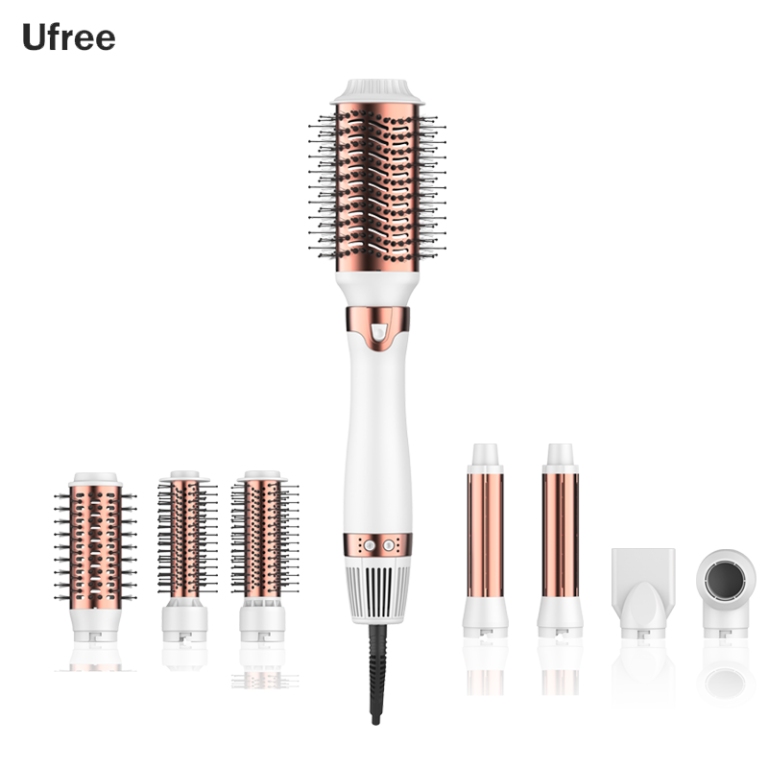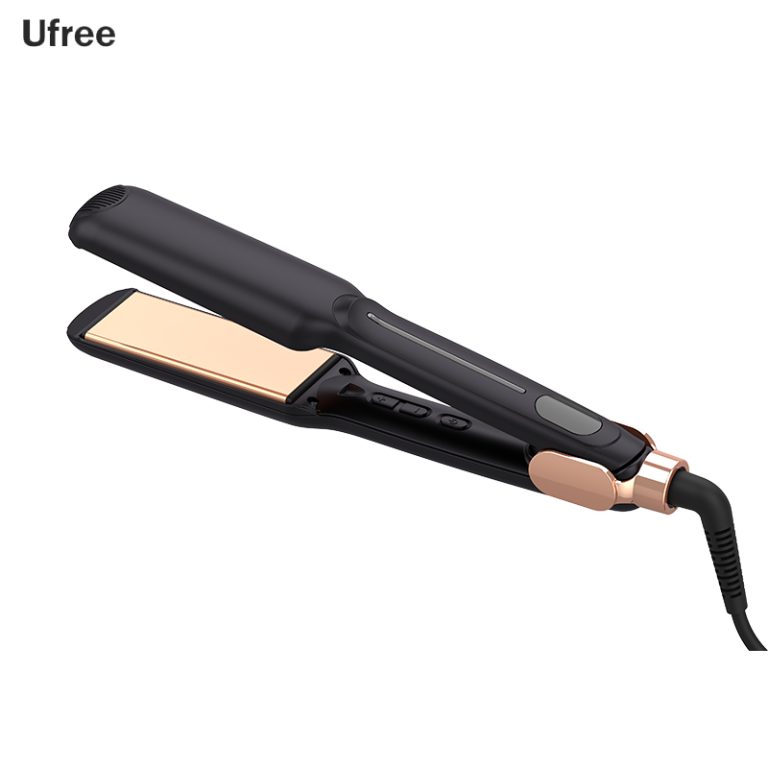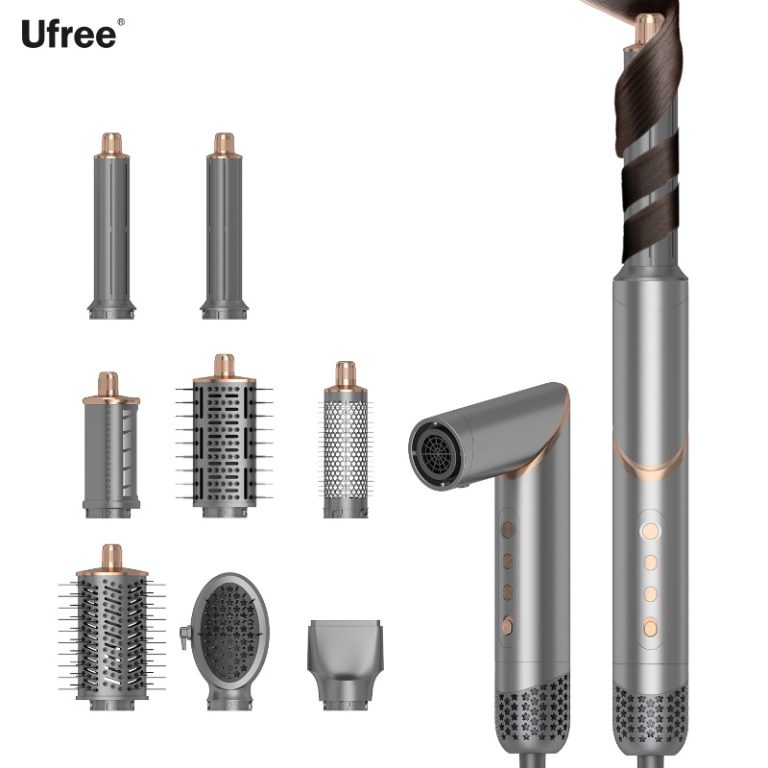Imagine picking up a hair straightener, dreaming of glossy, straight hair, only to end up with a scorched finger or crispy strands. I’ve been there! My first try at taming my wavy locks back in college was a total flop—burnt ends and a smoky smell that wouldn’t quit. But straighteners aren’t the enemy. This guide is for newbies who want sleek hair without the hurt. We’ll walk through prep, styling, and safety tricks to dodge burns. So, let’s get started and make your next styling session smooth and awesome.
Understanding Your Hair Straightener Basics
Hair straighteners come in different flavors. You’ve got ceramic, tourmaline, or titanium plates. Ceramic ones are smooth and kind to your hair. They spread heat evenly, keeping your strands hydrated and less likely to frizz up like a bad science experiment.
Take a peek at your tool’s features. Got a knob for adjusting heat? That’s crucial. Fine or brittle hair likes it cool, around 300°F. Thicker curls can take up to 400°F. Cranking the heat too high is a newbie mistake—it can zap your hair and leave split ends. Hair pros say staying under 365°F slashes damage by about half. If your straightener has an auto-off switch, that’s a gem. It stops you from forgetting and sparking a fire scare.
Plate width matters too. Slim plates, around 1 inch, are perfect for short hair or bangs. Wider ones, 1.5 inches or bigger, zip through long, thick hair quicker. I once used a dinky travel straightener on my shoulder-length hair during a vacation. It took forever! Match the tool to your hair, and you’ll save time and hassle.
Prepping Your Hair for Straightening Success
Good prep is the secret to great results. Start with clean, dry hair. Wet hair and heat are a terrible match—it’s like steaming your strands, which fries them. Wash with a hydrating shampoo and conditioner. Let your hair air dry or use a blow dryer on low. A heat protectant spray is a must. It acts like a shield, keeping your hair moist and safe from burns.
Split your hair into sections. Pin up the top layers and work from the bottom. This keeps everything neat and makes sure you hit every spot. Tangled hair? Gently comb it out with a wide-tooth comb. Knots plus heat mean broken strands and patchy styles.
Set up in a bright area, like a bathroom with good lighting and a mirror. I tried styling in a dim hotel room once—ended up with a lopsided part that had my friends chuckling. Small stuff like decent light can really up your game.
Safety Tips to Avoid Burning Fingers and Hair
Safety makes styling a breeze. To keep your fingers burn-free, use a heat-proof glove if your straightener includes one. No glove? Grab a towel or wait a bit for the tool to cool between sections. Always grip the handle—those plates heat up fast, sometimes hitting 450°F in seconds.
For your hair, picking the right heat is key. Try a small strand first. If it smells burnt or makes a sizzling sound, turn it down. Hovering too long in one spot can toast your hair and cause split ends. Slide the straightener from root to tip in one easy motion. Don’t stop midway.
Here’s a quick list to stay safe:
Unplug it when you’re done. This avoids accidental touches.
Keep it clear of water. Sinks and electricity don’t play nice.
Stow it in a heat-safe bag after it cools.
Kids or pets around? Store it where they can’t grab it.
Hair care research shows 70% of heat damage comes from user mistakes, not the tool. Take it easy at first. Nervous? Try practicing on a mannequin head. Sounds odd, but it builds skill without risking your own hair.
Step-by-Step Guide: Straightening Without the Ouch
Time to style! Plug in your straightener and set the heat. Fine hair? Go for 250-300°F. Medium hair? 300-350°F. Thick hair? 350-400°F. Let it warm up—most take 30-60 seconds.
Grab a small section, about 1-2 inches, from the bottom layer. Clamp the straightener near the roots, but keep a half-inch gap from your scalp to avoid burns. Glide it down slowly, taking 3-5 seconds per pass. Don’t squeeze too hard; a light touch is enough.
Move to the next section, working up layer by layer. Want some lift? Pull up slightly at the roots. Curly hair might need two passes, but straight hair usually needs just one.
If you’re in a humid spot, lock in your style with a light hairspray. I live in a damp city, and without it, my hair’s a puffball by noon. Heads-up: your first tries might not be perfect. Mine had random waves early on, but practice fixes that.
For a pro finish, angle the straightener out at the ends for a slight flip. It’s a tiny move that gives your look a salon feel.
Common Mistakes Beginners Make (And How to Fix Them)
Everyone flubs it at first. A big one: straightening greasy hair. Oils and products make heat less effective, and you might see smoke—scary! The fix? Wash your hair before you start.
Another goof: blasting the heat too high, too often. Straightening every day without breaks dries out your hair. Limit it to 2-3 times a week. Use a deep conditioner between sessions.
Grabbing huge sections is a trap. Big chunks don’t heat evenly, so some bits get scorched while others stay wavy. Stick to small sections for smooth results.
Forgetting aftercare is a newbie error. After styling, dab on a serum to seal your ends. I skipped this once and had flyaways all day—super annoying.
Check this table of common flubs:
| Mistake | Why It’s Trouble | How to Fix It |
| High heat on fine hair | Toasts strands, leads to breakage | Keep it at 300°F max |
| Styling damp hair | Steams and damages cuticles | Dry hair fully first |
| Skipping heat protectant | Leaves hair open to heat damage | Spray before every use |
| Rushing the slide | Gives uneven results, risks burns | Move slow and steady |
Spot these early, and your hair will thank you.
Maintaining Your Hair Straightener for Longevity
A well-maintained straightener lasts longer and works better. Wipe the plates with a damp cloth after each use—but only when it’s cool. Leftover product can stick to your hair next time.
Store it flat, with the cord untangled. Twisted cords can fray and cause issues. I learned this the hard way when a worn-out cord made me replace my straightener mid-vacation. Total bummer.
Check for wear. If plates chip or heat unevenly, get a new one. A solid straightener can last 2-5 years with care. Regular checks keep surprises away.
Discover Oucai: Your Trusted Hair Straightener Supplier
Need a reliable hair straightener? Oucai’s your go-to. Launched in 2022 in Zhejiang, China, Oucai crafts top-quality hair care and grooming products. Their U-9162 model, a travel-friendly flat iron with ceramic plates, has 10 heat settings for custom styling. It’s CE and ROHS certified, meaning it’s safe and sturdy, whether you’re at home or on the move. Models like the U-8261 and U-8253 offer smooth, burn-free results too. Oucai puts customers first, focusing on quality and fresh designs. They ship to places like North America and Europe, with warranties and great after-sales support. Ideal for beginners who want tools they can count on.
Conclusion
Nailing how to use a hair straightener without burning your fingers or hair comes down to prep, patience, and the right moves. Choose the proper heat. Slide smoothly. Use a protectant. These steps make a tricky task simple. With practice, you’ll get that glossy, straight look every day. It’s not just about looks—it’s about keeping your hair healthy and your confidence soaring. Grab your straightener, try these tips, and love the results.
FAQs
How do I pick the right heat setting when learning to use a hair straightener without burning your fingers or hair?
Start low. Thin hair does best at 250-300°F to stay safe. Thicker hair can handle 350°F. Spray on a heat protectant. Test a small strand first to check it’s okay.
What should I do if I burn my hair while using a hair straightener?
Trim the damaged ends if you can. Deep condition weekly. Avoid heat tools for a couple of weeks to let your hair recover. Next time, use less heat and a protectant.
Can I use a hair straightener on colored hair without burning it?
Yep, but be gentle. Colored hair is fragile, so keep it under 350°F. Use plenty of protectant spray. Ceramic-plate models, like those from trusted brands, heat evenly and are kinder.
How often should I clean my hair straightener to keep it safe?
Wipe the plates every few uses with a soft cloth. It clears buildup that could mess with heating. A clean tool performs better and lowers burn risks.
Any tips for beginners on holding a hair straightener without burning fingers?
Hold the handle firmly. Use a heat glove if you have one. Practice gripping it without heat first. It’ll feel easy soon, making styling safer and smoother.


